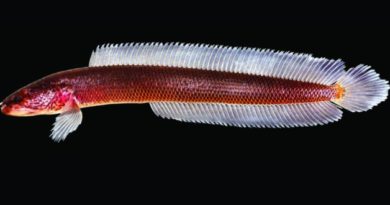Undisturbed mass nesting of Olive Ridleys at Odisha’s Rushikulya rookery
From pollution levels reducing drastically to now marine life being able to breathe in peace, it seems like the coronavirus lockdown is seriously helping nature recoup.
Olive Ridley sea turtles have come ashore for mass nesting at the six-kilometre-long Rushikulya beach of Odisha’s Ganjam district. COVID-19 threat is saving these turtles from possible intrusion by humans, especially tourists, while they are continuing mass nesting.
Around 3.7 lakh Olive Ridleys have nested at Rushikulya rookery so far this year while 4.2 lakh turned up at Gahirmatha. The total number of turtles that have nested at these rookeries so far is a little over 7.9 lakh. While mass nesting at Gahirmatha is over, it is continuing at Rushikulya. It is estimated that around six crore eggs will be laid this year. The number may rise further.
Olive Ridleys began mass nesting at the Rushikulya rookery from around 2 a.m. on March 21. Later in the day, the unusual phenomenon of day-time mass nesting took place at the coast. As a large number of mother Olive Ridleys are still in the sea near this coast, mass nesting is expected to continue for some more nights. On March 22 at around 2 am, 2,000 female Olive Ridleys started coming out of the sea to the beach. The female turtles reportedly return to the same beach from where they hatched, to lay their eggs. And the coast of Odisha is the largest mass nesting site for them.
Proper maintenance of cleanliness and provision of protection to the turtles at sea since November 2019, when the turtles mate, are major reasons for the large scale mass nesting of Oliev Ridleys at Rushikulya this year. Two trawlers, two speed boats and a country boat are being used by Forest Department to patrol the sea, in order to prevent fishing trawlers from plying along the coast. Trawlers did not cause any deaths of turtles as a result.





